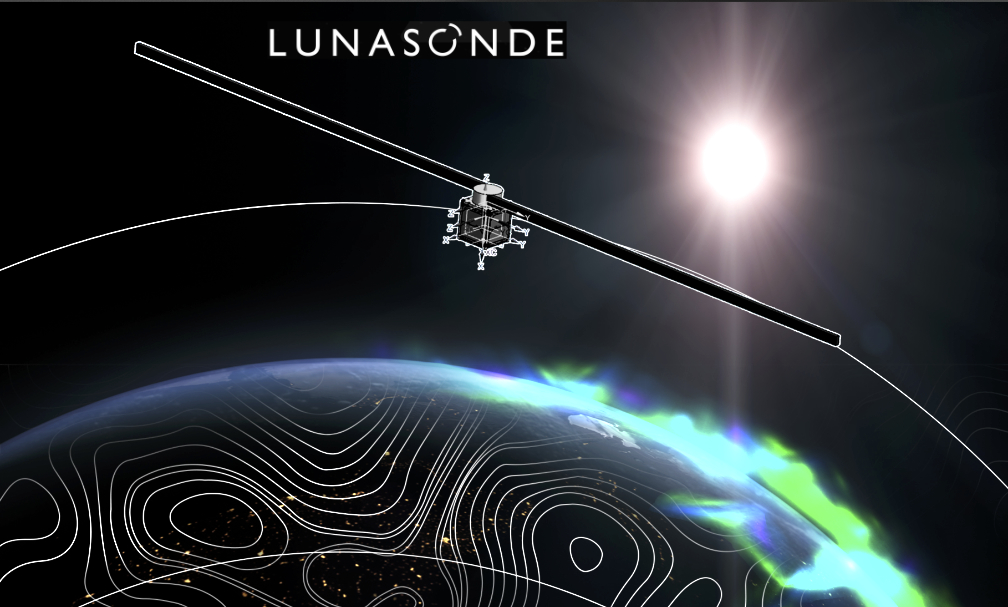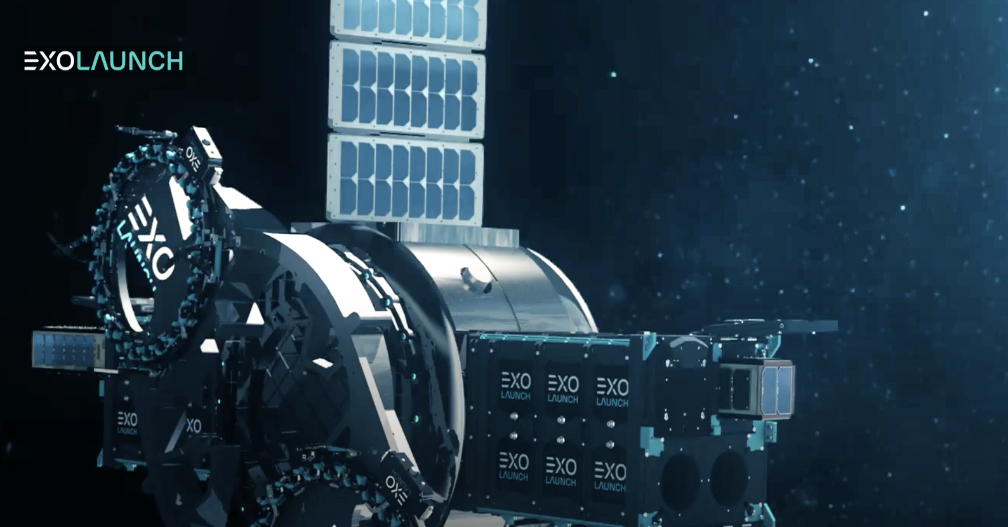
Lunasonde recently announced the launch timeline for the company’s third satellite to LEO — the San Xavier satellite — will fly on SpaceX’s Falcon 9 Transporter-11 via launch provider Exolaunch.

This is the company’s first, on-orbit test of its proprietary, very low frequency, radar technological stack that is capable of detecting subsurface mineral deposits up to two kilometers underground. Lunasonde’s most recent launch of their Picacho test satellite and their subsequent engagement with Rogue Space Systems could provide a roadmap for others in the space community when deployment after launch is uncertain. In this case, Picacho, Lunasonde’s 1U CubeSat, was launched and presumed deployed November 11, 2023, from a Momentus canister being managed by a third-party deployer aboard SpaceX’s Falcon 9 Transporter-9 flight.
Lunasonde received telemetry with modulation characteristics that matched Picacho. Two days after presumed deployment, several external sources identified 39 signals as telemetry coming from the satellite. Although the telemetry was relatively weak, given its characteristics and without having the benefit of knowing there was an anomaly in the deployment, Lunasonde determined the signals were from Picacho. Lunasonde surmises that the only way these signals would be sent would be through the deployment of the antenna.
To this point, Lunasonde is working with Rogue to try to communicate with and locate the satellite. Lunasonde believes that how the companies involved handle this situation will be important for the space community if there are similar situations in the future.
“We are excited about this next step in our evolution and what this could mean for global environmental factors as well as decreasing mining costs. These technological advancements will allow us to look 15,000 times deeper than current technologies and do so without disturbing precious earth ecosystems. While every launch of test equipment helps move our vision forward, it’s important to note the Picacho mission was minor in comparison to the upcoming San Xavier mission fielding our technology. To our knowledge, a situation such as this—where there are no clear indications of exactly what transpired—is unprecedented. Therefore, we feel the right thing to do is to assume the satellite is in orbit and it is incumbent upon us to try to locate it,” — Jeremiah Pate, Lunasonde CEO
